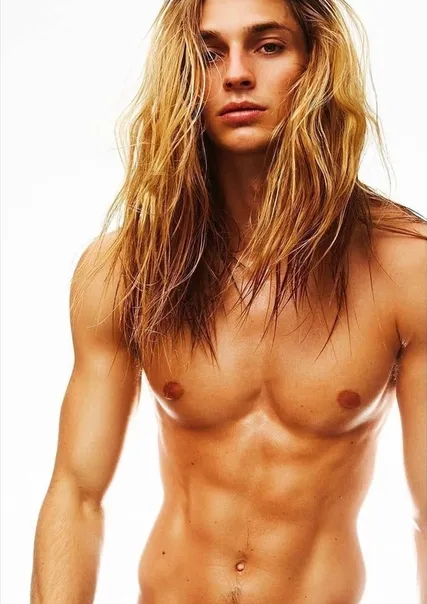Penis diversity goes beyond what meets the eye – or the thigh. Prepare to delve into a journey of self-discovery for your downstairs companion, as we explore the vast landscape of male genitalia. In this revealing article, we expose the raw truth about penises and challenge the idea that there’s only one type of ‘normal’. From the length-obsessed locker-room talk to the intimate moments of self-reflection, we’ll uncover why bigger isn’t always better and how size varies more than you think. Brace yourself for an honest exploration of the many forms and shapes that define the everyday, ordinary penis. Get ready to embrace the reality that your manhood is more common than you’ve been led to believe.
Let’s get it up – and we’re not just talking about your curiosity.
# Beyond Size: Understanding Penile Anatomy
While penis size often dominates discussions about penile aesthetics, it’s crucial to delve deeper and comprehend the intricate anatomy that constitutes the male genitalia. Here’s an exploration of the various anatomical structures and features that shape its appearance:
- The Penile Shaft: This is the main body of the penis, consisting of three columns of erectile tissue – two corpora cavernosa and the corpus spongiosum. These structures fill with blood during an erection, causing the penis to enlarge and stiffen.
- Glans Penis: The glans is the sensitive, enlarged tip that covers the distal end of the corpus spongiosum. It contains a high concentration of nerve endings, making it a highly erogenous zone.
- Foreskin (Prepuce): In uncircumcised males, the foreskin covers and protects the glans. It is a double-layered fold of skin and mucous membrane that can retract and move freely over the penile shaft.
Another aspect of penile variation is the position and structure of the urethral opening, which can vary among individuals:
| Type | Description |
|---|---|
| Distal Meatus | Opening at the very tip of the glans. |
| Mid-Meatal Meatus | Located slightly below the tip of the glans. |
| Proximal Meatus | Situated on the underside of the glans, near the shaft. |

# Common Concerns and the Reality
There are some common misconceptions surrounding the appearance of the penis, often influenced by media portrayals and airbrushed images. Here, we shed light on these concerns and offer a balanced perspective:
- Size Myths: Despite anxieties, penis size varies widely, and there is a broad spectrum of what’s considered typical. No single standard defines normality, as genetics and individual differences play a significant role.
- Shape Anxiety: Concerns about curvature, appearance during flaccid and erect states, or the presence of foreskin are natural. Yet, these characteristics are incredibly diverse and largely influenced by genetics and personal development.
The reality is that every penis is unique, and diversity is natural. What’s seen in adult films, overly enhanced by editing or special effects, sets an unrealistic standard that misrepresents the varied, beautiful forms of the male genitalia.

# Self-Acceptance: Nurturing a Positive Body Image
The spectrum of diversity in the male anatomy is vast and unique, with no single feature defining what constitutes a ‘normal’ penis.
When it comes to the topic of body image, the penis often becomes a focal point of comparison and self-criticism for many men. However, it’s essential to understand that normality in this context is a subjective concept, as male genitalia come in various shapes, sizes, and colors. Here’s a breakdown of some common features:
- Size: Penis size varies greatly, and while there are averages, they do not define normal. Length and girth can range from relatively small to substantial, with many sizes in between, all considered typical.
- Shape & Curvature: From straight to slightly bent or curved, penises can have different forms. A slightly curved penis is common and typically not a cause for concern.
- Color: Skin color can vary, with penises displaying a range of hues, from lighter to darker skin tones, sometimes with variations along the shaft and scrotum.
The key message is that diversity in penile appearance is natural and widespread. Understanding and embracing this can be a crucial step towards fostering self-acceptance and a positive body image.
Key Takeaways
And so, as we bid farewell to this exploration of penile diversity, we leave behind the confines of societal norms and stereotypes. In this journey through ‘The Many Forms,’ we’ve uncovered a vast spectrum of shapes, sizes, and characteristics, each as unique as the individual they belong to.
The truth is, defining the anatomy’s normalcy transcends the boundaries of mere physical attributes. It resides in the realm of self-acceptance and embracing the beautiful intricacies that make us human. Just as a masterpiece is celebrated for its distinct brushstrokes, the male sexual organ’s uniqueness deserves admiration and respect.
As the curtain draws on this enlightening discourse, let it serve as a reminder that knowledge is power. Empowered with the understanding of the varied forms, may we foster a culture of confidence and compassion. Remember, in the vast world of skin textures and sensitivities, every man walks a different path, and in that uniqueness, we find the extraordinary in the ordinary.
Until next time, let curiosity guide your quest for knowledge and strive to unlock the intricate truths of the human body.

